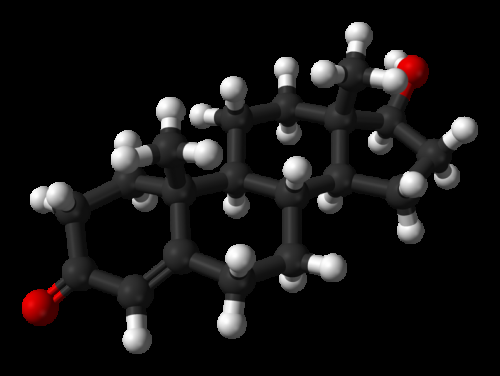
Transgender women elite athletes may need more than the recommended year of feminising hormone therapy to remove the competitive advantage conferred by testosterone, suggests research published online in the British Journal of Sports Medicine.
Twelve months of treatment to suppress testosterone is the period currently recommended by World Athletics (IAAF) and the International Olympics Committee to ensure a level playing field for all competing athletes.
But the study findings indicate that while hormone treatment was associated with changes in athletic performance, transgender women still retained a competitive advantage 2 years later.
The male hormone testosterone is known to boost muscle strength and endurance. But it’s not clear what impact treatment to suppress its production has on the athletic performance of transgender women during transition.
This makes it difficult to develop guidelines for their inclusion in competitive sports, say the researchers. And the guidelines that have been written are based on limited evidence.
To explore these issues further, and bolster the evidence base, the researchers reviewed the fitness test results and medical records of 29 trans men and 46 trans women who started treatment with gender affirming hormones while serving in the United States Air Force. The average age at which they started treatment was 25 but ranged from 19 to 46.
The US Air Force requires its service men and women to have a physical fitness assessment every 6-12 months. This includes measurements of height, weight, waist circumference, number of push-ups and sit-ups performed in 1 minute each, and the time taken to run 1.5 miles.
The researchers compared the fitness test results of these service members before and while on hormone treatment, and with the average performance of all women and men under the age of 30 in the US Air Force between 2004 and 2014.
Time on feminising therapy (testosterone blocker and oestrogen) for transgender women was associated with weight gain and worsening athletic performance.
Time on testosterone had no effect on the body composition of trans gender men, but it was associated with an improvement in athletic performance.
Before starting their treatment with gender affirming hormones, trans women performed 31% more push-ups and 15% more sit-ups in 1 minute and ran 1.5 miles 21% faster than their female peers.
After 2 years of feminising therapy the differences in push-up and sit-up performance had disappeared. But trans women were still 12% faster than other women.
Trans men performed 43% fewer push-ups and ran 1.5 miles 15% slower than their male peers before starting treatment with masculinising therapy (testosterone).
After 1 year of treatment, there was no longer any difference in push-up or run time performance, but the number of sit-ups performed in 1 minute by trans men exceeded the average performance of their male peers.
The researchers acknowledge that their study doesn’t account for changes in exercise behaviours over time, and more research is needed to clarify the impact of gender transition on the performance of elite athletes, they say.
But they nevertheless conclude: “This study suggests that more than 12 months of testosterone suppression may be needed to ensure that transgender women do not have an unfair competitive advantage when participating in elite level athletic competition.”
Source: Read Full Article
